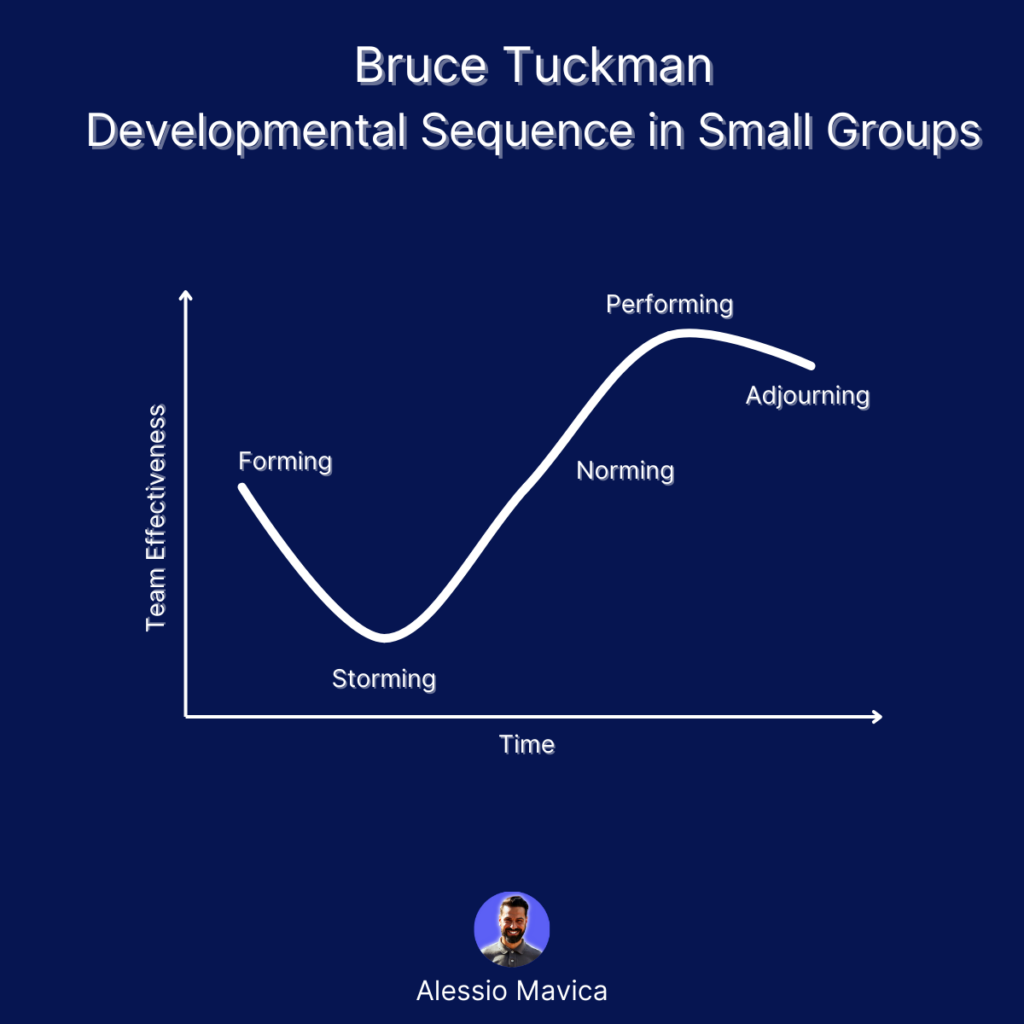The Transformative Power of Automated Client Reporting
Are you tired of spending countless hours manually preparing reports for your clients? Or are you struggling to get the results you need from traditional reporting methods? It’s time to embrace a game-changing solution: automated client reporting. In this article, we’ll explore the ins and outs of this innovative approach and how it can revolutionize your reporting process.

Why Client Reporting Matters
Client reporting is crucial for maintaining transparency, building trust, and showcasing the value of your work. Regular, insightful reports help clients understand project progress, milestones achieved, and any hurdles encountered. Think about the last time you spent a whole afternoon crunching numbers and formatting a report, only to find an error in the data? Frustrating, right? Consistent reporting not only improves client satisfaction but also upholds the integrity of your work.
The Shift Towards Automation
With the increasing complexity of projects and the need for real-time data, many companies are shifting towards automated reporting solutions. These tools not only save time but also improve the accuracy and relevance of the reports. Imagine a system that pulls data directly from your project management software, compiles it, and formats it into a report without you lifting a finger. Sounds like a dream, right? Well, modern project management solutions are making this a reality.
Let’s face it—manual reporting is a relic of the past. It’s time-consuming and prone to human error. But with automation, you not only free up your time for more strategic tasks but also ensure that your reports are accurate and timely. Your clients will notice the difference, and so will your bottom line.
In the subsequent sections, we’ll delve deeper into understanding what automated client reporting entails, its manifold benefits, and how you can seamlessly integrate it into your workflow. Ready to revolutionize your reporting process? Let’s dive in!
Problem-Solving Approach
Understanding Automated Client Reporting
So, what exactly is automated client reporting, and how can it streamline your workflow? At its core, automated client reporting involves using software tools to gather, process, and present data with minimal manual intervention. Remember that project we worked on last year? We spent hours every week on status reports. Imagine having a tool that does all that heavy lifting for you in minutes.
What is Automated Client Reporting?
These systems pull data from various sources like project management tools, CRM systems, or even directly from the cloud. They then compile this information into comprehensive, easy-to-understand reports for your clients. No more copy-pasting data between spreadsheets. The best part? These reports can be generated in real-time, meaning clients get the latest update exactly when they need it. This kind of real-time reporting is invaluable, especially in fast-paced environments like software development and consulting.
Key Features to Look For
When selecting an automated reporting tool, look for features like real-time data integration, customizable templates, and intuitive dashboards. These ensure you provide accurate and engaging reports. I recently read a great article on Business Intelligence, emphasizing how important it is for tools to adapt to different data sources seamlessly. That’s a key feature you should definitely consider.
Benefits of Automated Client Reporting
One huge benefit is efficiency. Automated reporting can save you hours each week—time that’s much better spent on strategic planning or improving client service. Accuracy is another massive advantage. No more missed numbers or overlooked data points. The system ensures every report is precise, which goes a long way in building credibility with your clients.
Once, I was talking to a colleague who’s been in the industry for two decades. He mentioned how automated reporting tools had drastically reduced error rates in their reports, improving client trust significantly. This is the kind of insight that reinforces why adopting automation isn’t just a trend but a strategic necessity.
Counterpoints and Common Challenges
Common Challenges in Automated Client Reporting
Now, you might be thinking, “If automated client reporting is so great, why isn’t everyone doing it?” That’s a fair question. Implementing a new system isn’t without its challenges. Let’s tackle some of the most common ones.
Initial Setup Costs
One major hurdle can be the initial setup costs. Automation tools often come with a noticeable upfront expense, which can be a sticking point, especially for smaller companies or startups working on tight budgets. But here’s the thing—while the initial cost might seem high, the return on investment usually justifies the expense. The time saved and the improved accuracy of your reports can significantly offset the initial outlay in the long run.
Resistance to Change
Another challenge is resistance to change within your team. People are naturally resistant to adapting new technologies, especially if they’ve grown comfortable with established methods. You might encounter some pushback when introducing automated reporting tools. The key here is effective change management. Demonstrate the value of these tools through training sessions and pilot projects that showcase how much easier life can be with automation.
Data Security Concerns
Data security is another sticking point. With so much information being processed and reported automatically, ensuring robust security measures is crucial. No one wants to deal with a data breach, right? It’s essential to choose tools that prioritize data protection. Opt for systems that offer strong encryption, regular security updates, and compliance with data protection regulations. Remember, the goal is to streamline processes, not to introduce new vulnerabilities.
How to Overcome These Challenges
But here’s the thing—these hurdles are surmountable. For initial setup costs, focus on the long-term ROI. Explain the potential time and cost savings to your stakeholders. For resistance to change, leverage small wins and positive experiences to build momentum. And for data security, do your homework. Choose reputable tools with a strong focus on security. By addressing these challenges head-on, you can unlock the true potential of automated client reporting and pave the way for smoother, more efficient project management.
Conclusion
The Future of Client Reporting
As we’ve explored, the shift toward automated client reporting represents a significant evolution in how we manage and convey project data. From alleviating the tedium of manual report generation to enhancing the accuracy and timeliness of our updates, it’s clear that this isn’t just a passing trend but a fundamental transformation in project management.
Emerging Trends and Innovations
The future is even more exciting. With advancements in AI-driven insights and machine learning, automated reporting tools are evolving to predict trends and offer strategic recommendations. Imagine your reports not just showing the current status but also suggesting the next steps based on data patterns. That’s the level of innovation we’re heading towards, and it’s worth keeping an eye on these emerging technologies.
The Role of Automated Client Reporting in Project Success
Automated client reporting plays a crucial role in project success by providing transparency, accuracy, and efficiency. Think back to the frustration of those long hours spent manually compiling reports and the potential errors that slip through. Automation mitigates these issues, frees up your time, and enhances the quality of your client interactions.
Final Thoughts
We’ve covered a lot of ground, from understanding what automated client reporting is and the benefits it brings, to addressing common challenges and how to overcome them. It’s a lot to digest, but the key takeaway is clear: automated client reporting can revolutionize your workflow and elevate your client relationships.
Why You Should Consider Automated Client Reporting Today
So, why not take a moment to reflect on how your current reporting processes are working for you? Are they as efficient and accurate as they could be? If not, it might be time to explore automated solutions. After all, the future waits for no one. Why not start today? Dive in, experiment, and see how automation can transform your reporting process. Who knows? This small step could lead to significant leaps in your project’s success.
FAQs About The Transformative Power of Automated Client Reporting
1. What is Automated Client Reporting?
Automated client reporting involves using software tools to generate reports with minimal human intervention. These tools gather data from various sources and compile it into comprehensive, easy-to-understand reports for your clients, ensuring accuracy and saving time.
2. How Can Automated Client Reporting Benefit My Business?
Automated client reporting can significantly improve your efficiency by saving time spent on manual report generation. It also enhances the accuracy of the reports, reduces human error, and boosts client relationships by providing timely and transparent updates.
3. What Are Some Common Challenges in Implementing Automated Client Reporting?
Although beneficial, automated client reporting comes with challenges such as initial setup costs, resistance to change within teams, and data security concerns. Addressing these with strategic planning and robust security measures can help mitigate these issues.
4. How Do I Choose the Right Automated Client Reporting Tool?
When choosing a tool, look for features like real-time data integration, customizable templates, and intuitive dashboards. Consider tools like AgencyDots that offer comprehensive features tailored for software development projects.
5. How Can Automated Reporting Play a Role in Project Success?
Automated reporting ensures that project updates are timely, accurate, and comprehensive, thus playing a crucial role in project success. It streamlines communication, reduces the manual workload, and helps maintain transparency with clients, ultimately leading to successful project completions.
Try AgencyDots for free!
Control your entire project portfolio from one place.
Make your software development agency efficient.
No credit card required.

